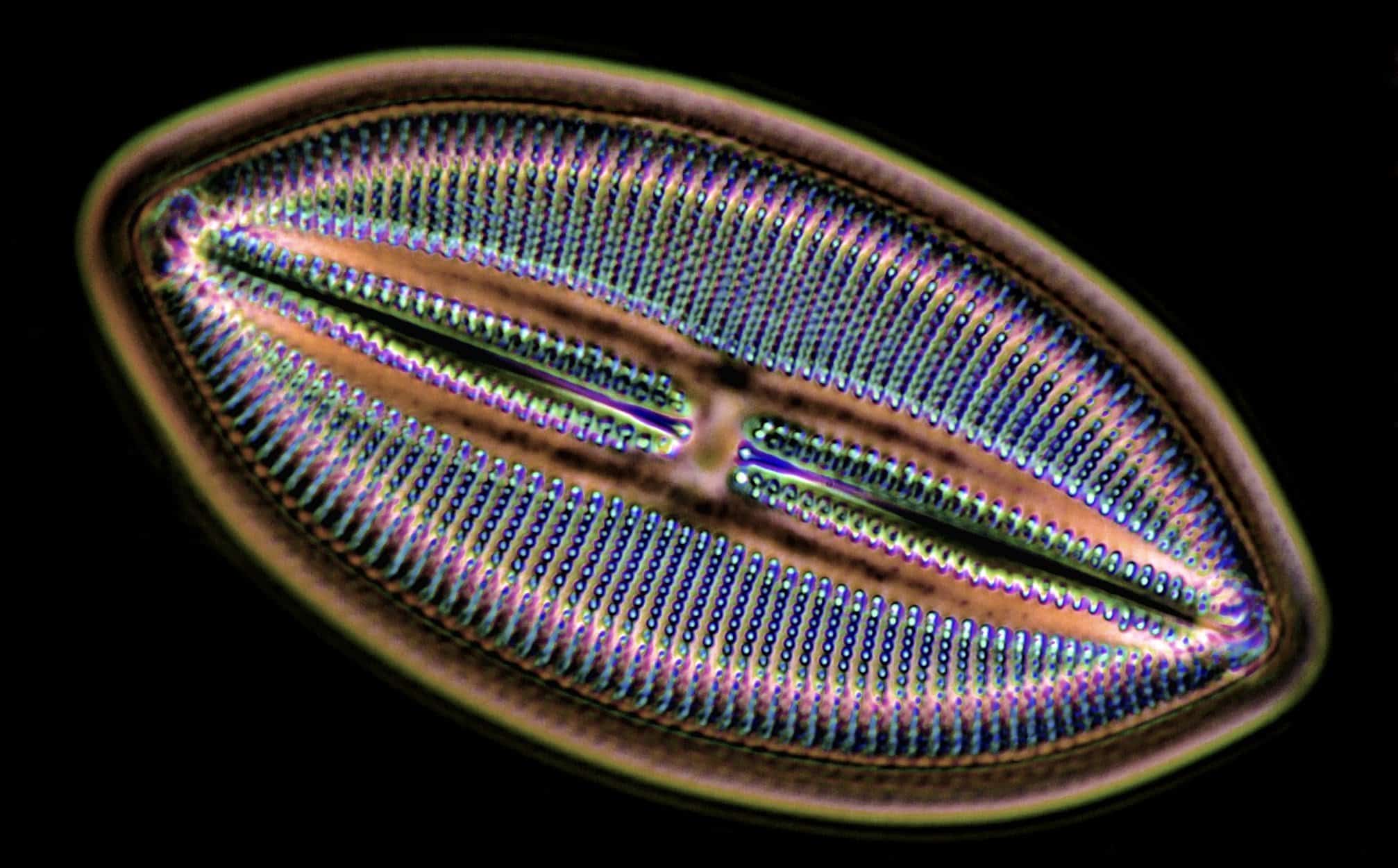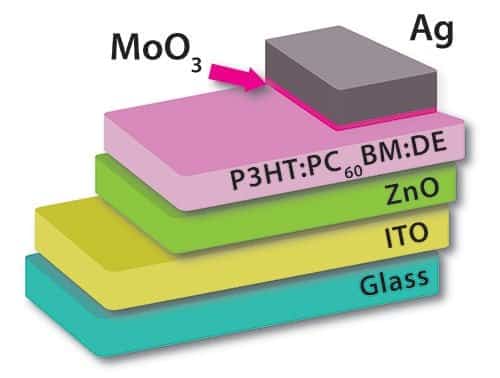Fossilized Diatoms Could Improve the Efficiency of Organic Solar Cells
A diatom is a single-celled organism that is also considered an alga — for values of algae that include “anything that photosynthesizes but isn’t a plant or bacterium”. They are in a high-level taxon called Stramenopiles, or Heterokonts, a group that’s a grab bag of eukaryotic goodness that includes water molds, the fabulously cool and obscure slime nets, and the brown algae.
Diatoms live in pretty much any moist environment, including mud puddles, wet rocks, and film on moss; though they are most commonly found in fresh and saltwater. If you’ve ever swallowed lake or seawater, odds are you consumed some unlucky diatoms.
Now, scientists are putting them in organic solar cells to enhance their energy efficiency. They are even called “the jewels of the sea” for their ability to manipulate light. Therefore, the researchers hope to harness that property to boost solar technology. In the lab of Andre Taylor, associate professor of chemical & environmental engineering, fossilized diatoms are being used to solve a design problem that has long plagued the development of organic solar cells.
Organic solar cells usually suffer from a design issue: they need to have thin layers, so their efficiency is restricted. Nanostructures that trap and
scatter light can help overcome that issue – but are typically too expensive for production on a large scale. Not so with cheap diatoms. The researchers put the algae – abundant in nature – right in the solar cells’ active layer. They saw the same electrical output levels even as they cut the amount of material necessary for the active layer.“We were able to see what the right concentration was and how much of this material we needed to put into our solar cells to get an enhancement,” says Lyndsey McMillon-Brown, lead author of the study. “It’s really beneficial because the active layer materials we use are expensive and very rare. It didn’t interrupt our existing processing steps, so it doesn’t add any complexities or challenges, and can definitely be an easy addition to existing commercialized organic solar cells.”
Although the diatoms were initially too large for the active layer, they were able to fix that with a simple grinding process. “It didn’t interrupt our existing processing steps, so it doesn’t add any complexities or challenges, and can definitely be an easy addition to existing commercialized organic solar cells,” McMillan-Brown said.
McMillan-Brown and Taylor said even better results are likely with some adjustments.
“We can use different species of diatoms and tailor it to the right size, and we can also use some of the better donor-acceptor polymers for a higher performance,” Taylor said.
McMillon-Brown said the diatoms seemed like a natural fit for her research as soon as she learned about them.
“My work is on biomimicry, so I’m always looking at existing patterns and structures in nature,” she said. “We’re always on the hunt for new patterns in nature because we believe that nature solves all our engineering problems – we just have to find the solutions.”































